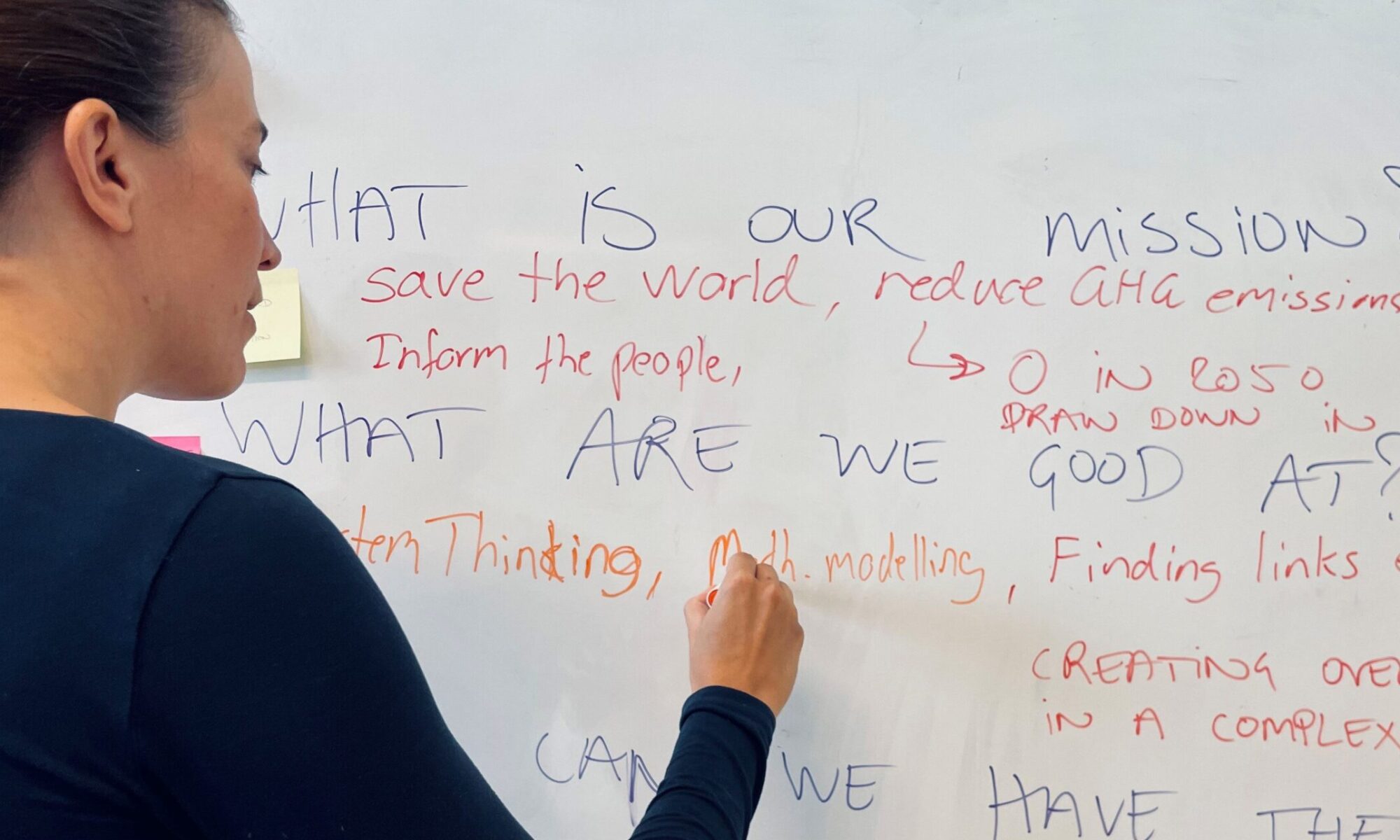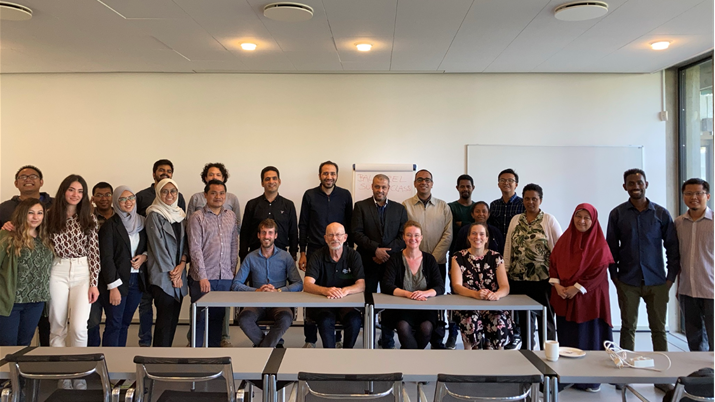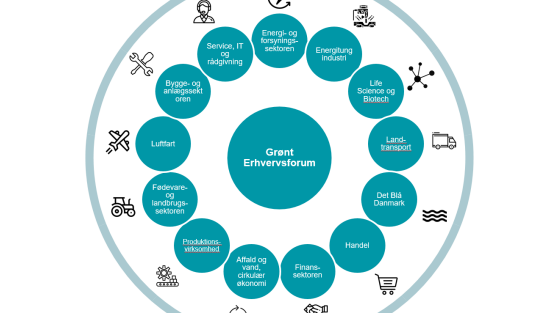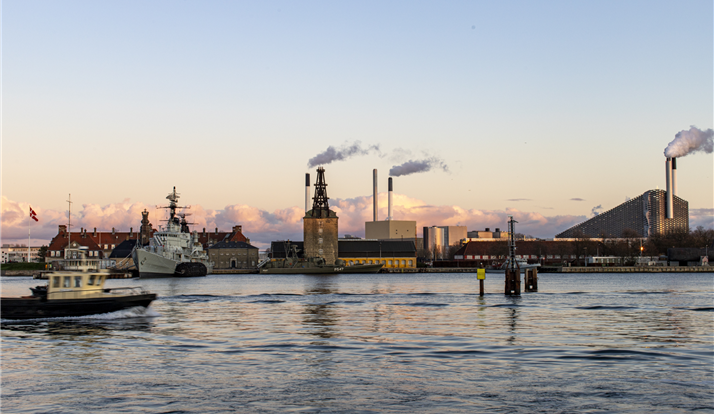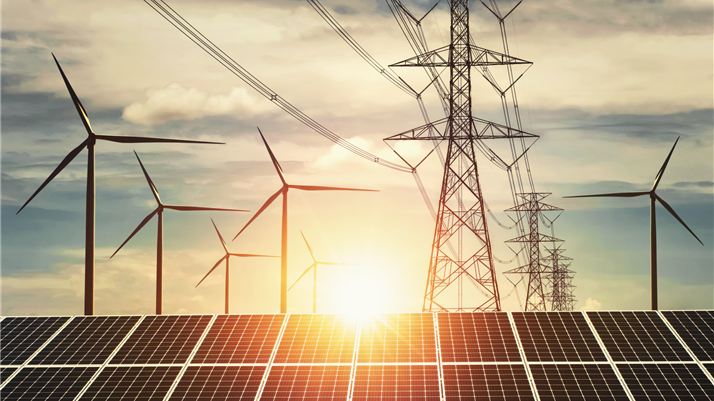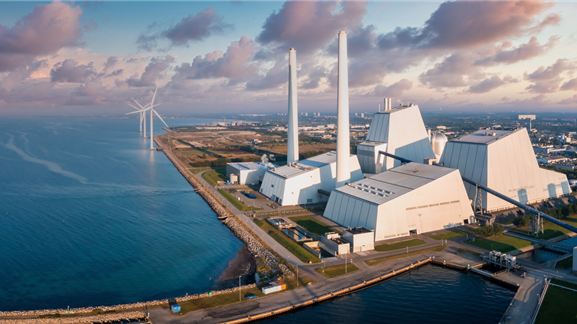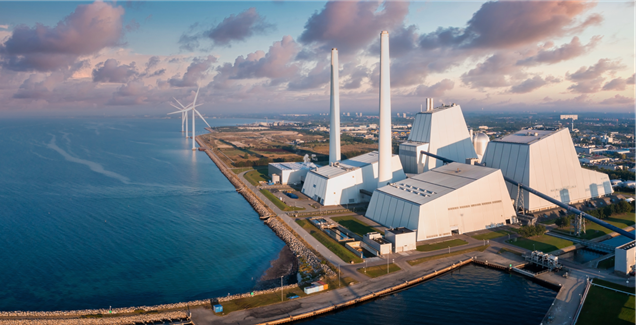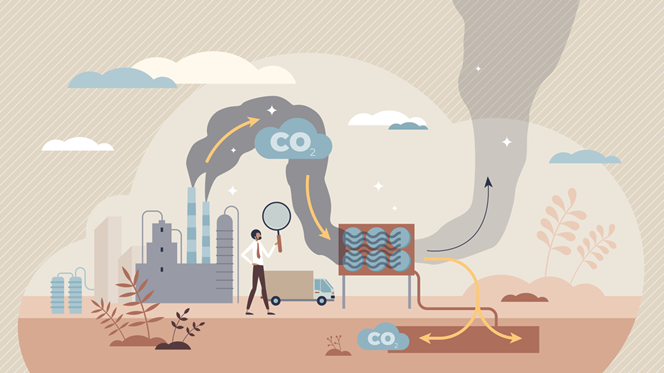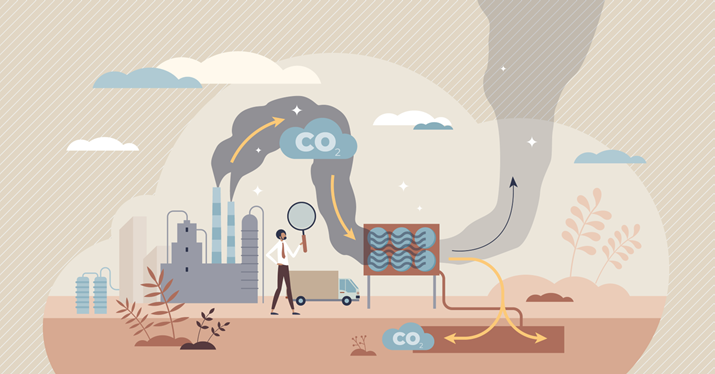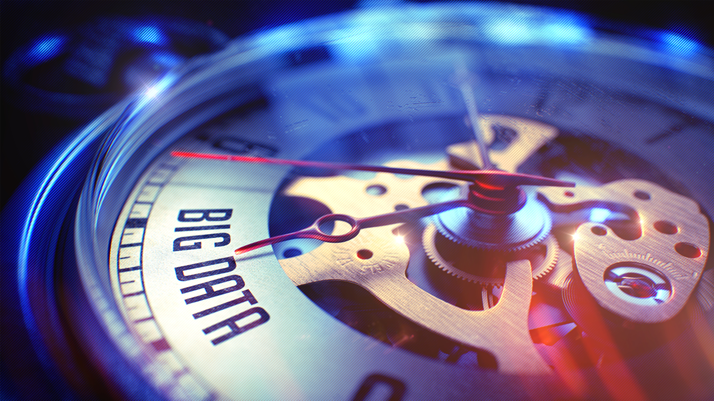The Technical University of Denmark asked Energy Modelling Lab to help organize and run a Ph.D. course in energy modelling. The title of the course is Introduction to Balmorel.
Throughout the 3-week course, the students gained knowledge of
– Energy systems analysis and scenarios
– Mathematical optimization
– The energy systems model Balmorel
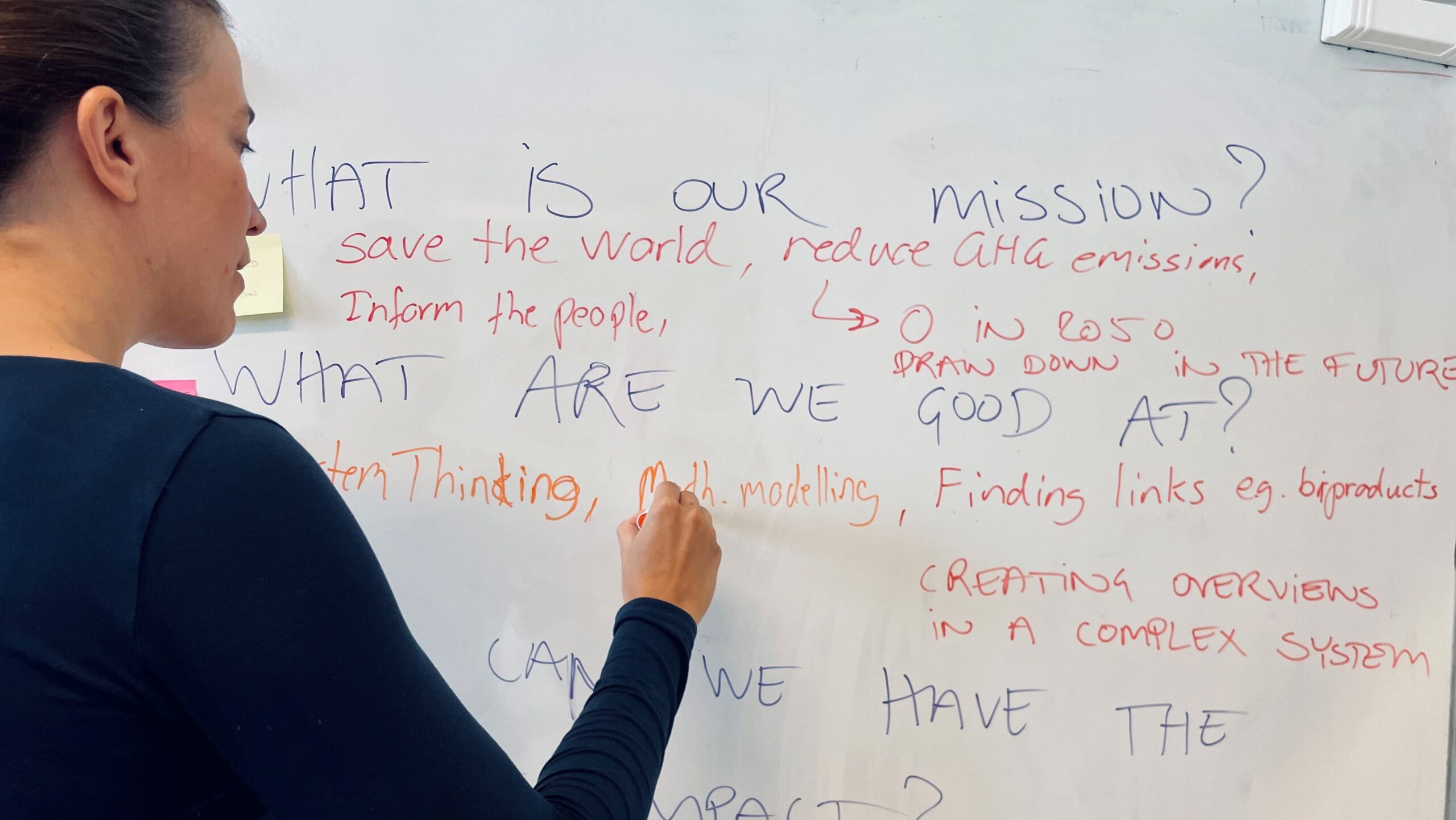
Date: August 2021
EML Team: Ida Græsted Jensen
Client: Technical University of Denmark
Collaborators: RAM-lose
Model: Balmorel

